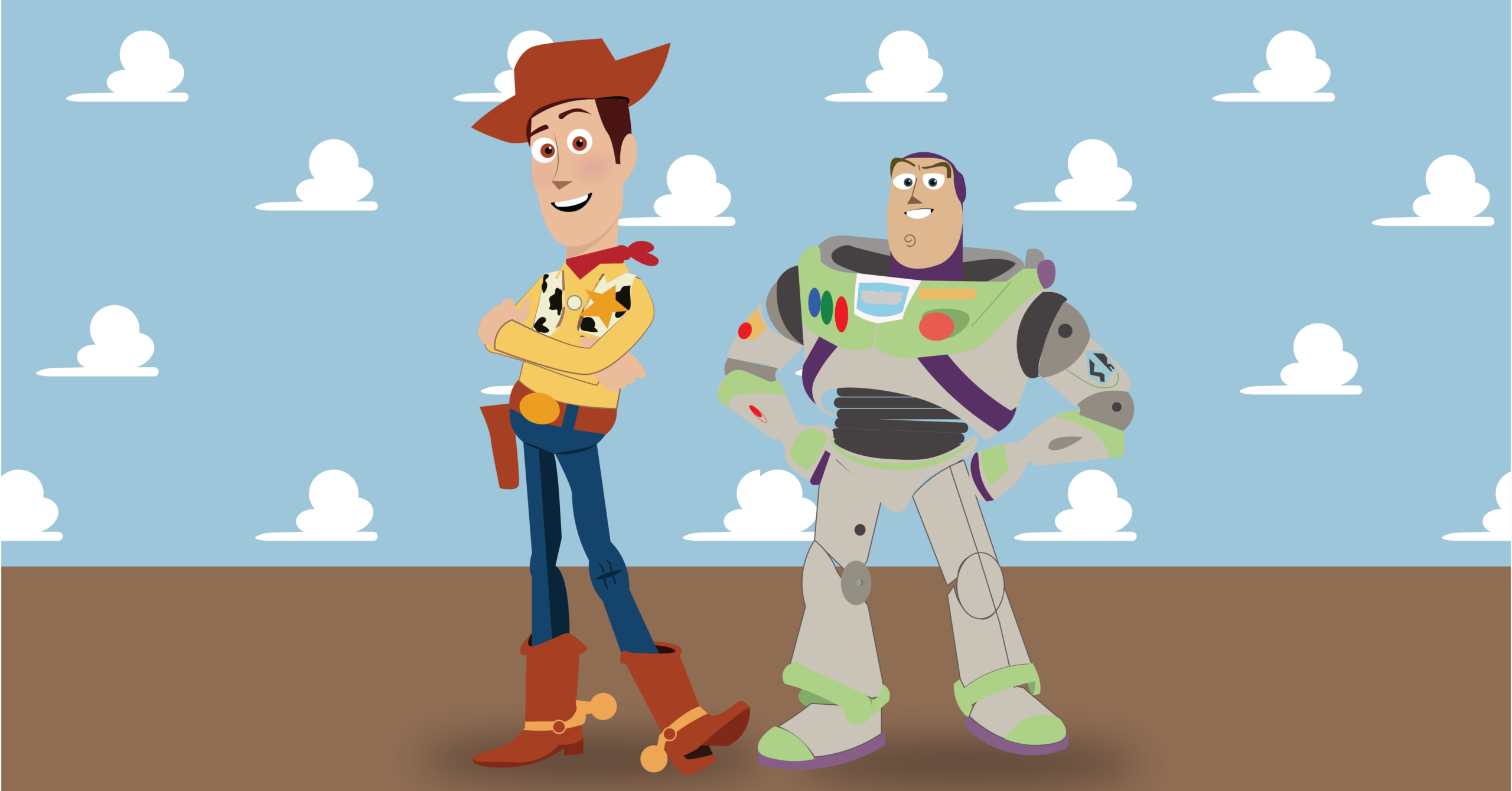Redefining the audience of animated movies
Looking at how new animated releases compare with beloved childhood classics.
Since childhood, we hold animated movies close to our hearts. These classic films feature breathtaking visuals and include beautiful storylines and characters that often do not age. Some of my favourite animated pictures—like the Toy Story collection (1995-2019), Megamind (2010), Wreck-It Ralph (2012), and The Lego Movie (2014)—are still as enjoyable today as they were when I was a child. However, these movies are often downplayed due to a belief that “animation is just for kids.” This is not true.
Animation is a complex method used in film to create visually appealing stories. Traditionally, throughout the 20th century, animators would hand draw images and picture segments that allowed for filmmakers to create moving characters. With stop motion, animators were able to create 2D or 3D images that seemed to move by themselves. With the rise of modern technologies, computer-generated animation appeared, digitalizing animation to allow for the creation of 3D images using software. With the first Toy Story movie in 1995, Pixar accomplished the first fully 3D, computer-made animated film. As technologies continue to develop, animation techniques continue to become more intricate.
There have been many animated films and television series created for adult audiences. Some examples include Sausage Party (2016), Anomalisa (2015), as well as countless Japanese features. These cartoons are rated R and deal with subject matter that is certainly inappropriate for children. However, the movies that I loved as a child still resonate with me more than these animated pictures created for adults.
I find that newer animated motion pictures that are made for kids cannot compare to older ones. The Toy Story series portrays themes of moving on, jealousy, and the fact that one day, childhood will be over—an idea that stays in the minds of adult viewers more than children. But, the franchise’s newest release, Lightyear (2022), was one of Pixar’s biggest flops. While the movie’s animation is beautiful, it fails in the story-telling department, with an incomprehensible plot twist, annoying characters, and bad humour. In my opinion, Lightyear perfectly showcases the difference in quality between many old and newer animated features. While the animation on more modern films is usually better, they lack the stories and heart that made older ones so enjoyable.
Megamind appears silly on the surface, just like any other superhero parody flick. However, its story deals with incredible themes and intriguing ideas—such as the nature versus nurture debate, the importance of companionship, and the question of “what happens when you get what you’ve always wanted?” In comparison, one of DreamWorks latest releases, The Boss Baby (2017), also appears silly at surface level. However, its plot and humour revolve only around the funny image of a baby who acts like an adult—the story has no depth.
For many, The Lego Movie is a quintessential film that appears to be a soulless cash grab. However, like Megamind, it juggles the importance of political themes and places importance on perseverance. On the other contrary, The Emoji Movie (2017) tried to accomplish what Lego did but ended up being worse—with annoying characters, unamusing humour, product placement that dominated the storyline, and even low-quality animation.
Finally, Wreck-It Ralph, like some other films, encompasses the premise of living video game figures. However, its characters are incredibly relatable. The plot also features a unique villain that is well-curated and deeper than just “the guy that you thought was good who is actually evil.” Unfortunately, the film’s sequel, Ralph Breaks the Internet (2018), does not live up to the predecessor. The creators drop the video game world in favour of the internet—which is unfortunate because video games were the main theme in the first film. Also, like The Emoji Movie, the film is plagued with product placement, taking away from the overall storyline and character development.
In my opinion, all the new releases I’ve spoken about are overly targeted toward children—leaving out adult audiences. While the older films that I mentioned were intended for kids as well, the creators added more elements that older audiences could also enjoy. Ultimately, parents are going to watch these films as much as their kids are. While there’s nothing wrong with marketing something for kids, when it comes to animation, adults should also be considered.
Staff Writer (Volume 49 & 50) — Yusuf is in his fourth year completing a double major in English and Cinema Studies and a minor in History of Religions. He first joined The Medium in 2022 when he sought to get involved in the on-campus community. He has developed strong writing skills throughout the experience and enjoys learning about new topics he wouldn’t know about otherwise. You can connect with Yusuf on LinkedIn.


